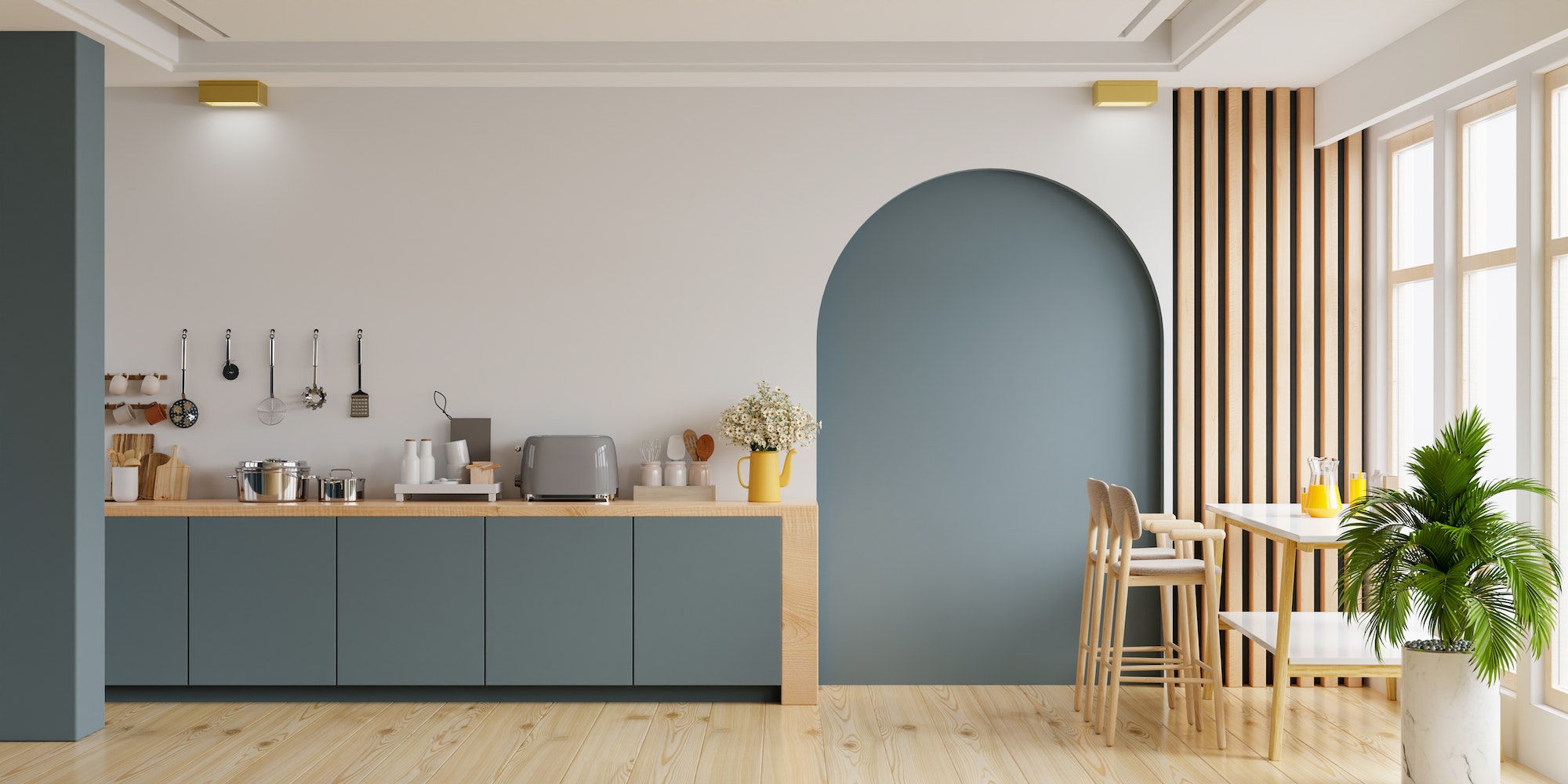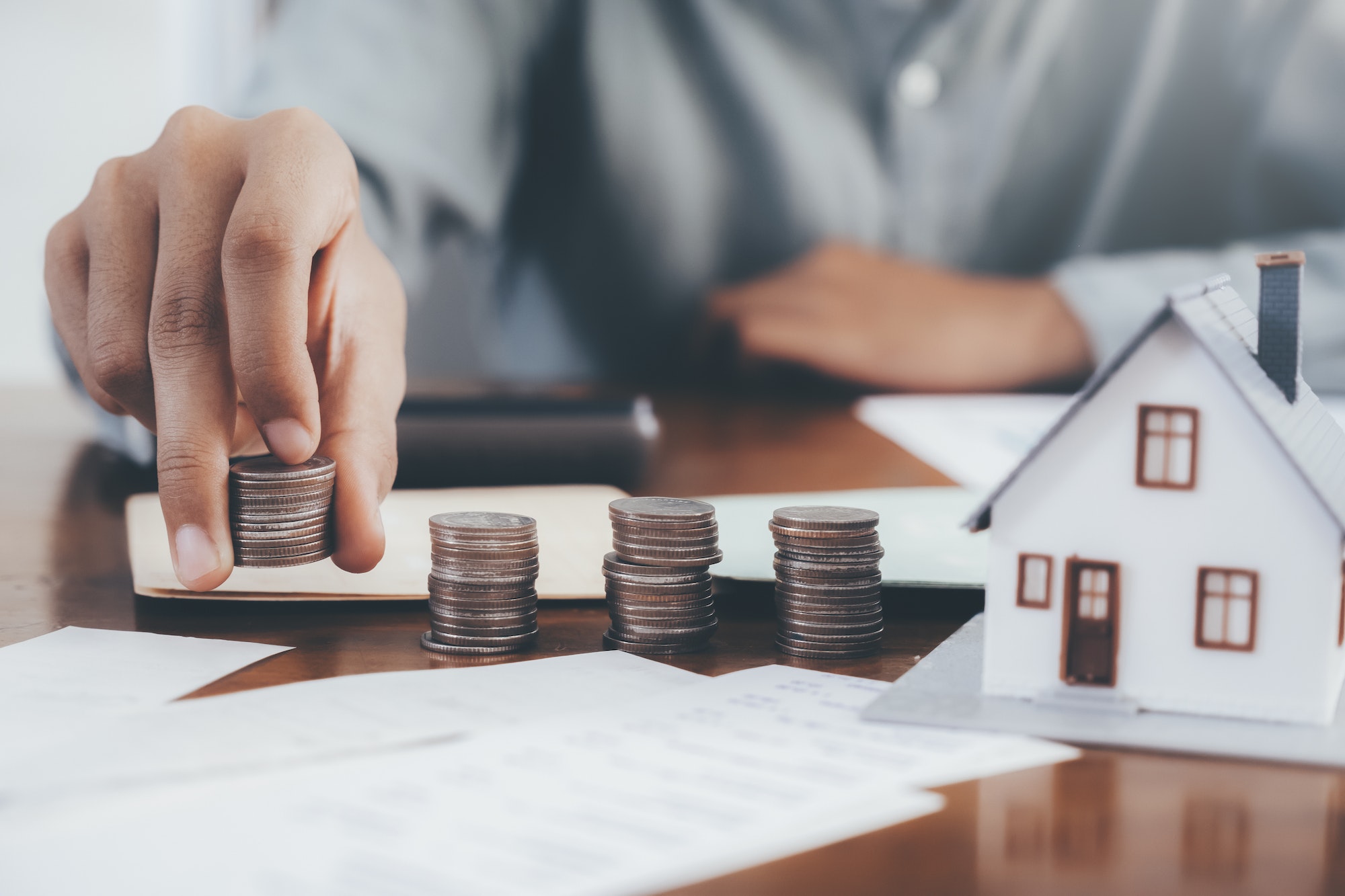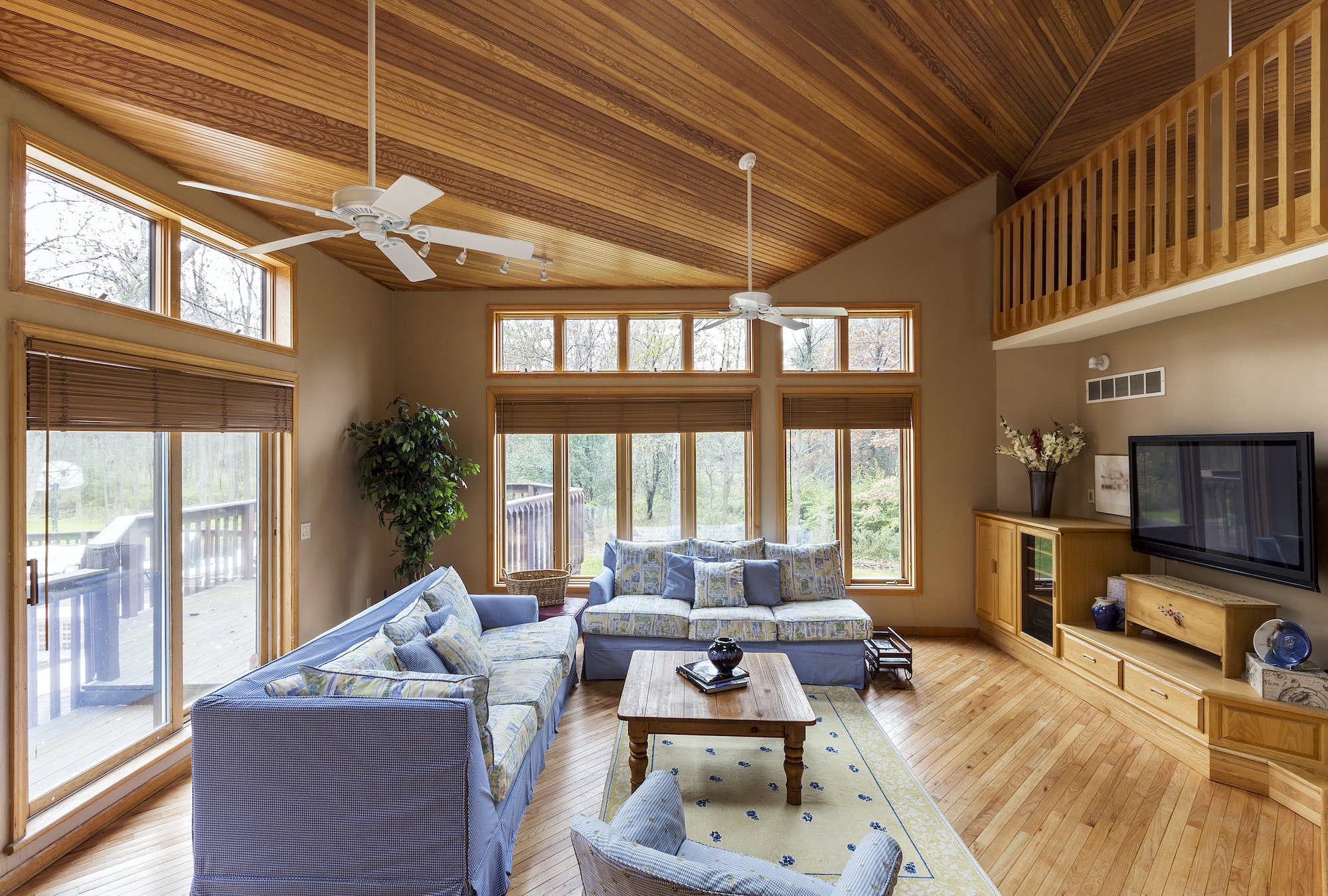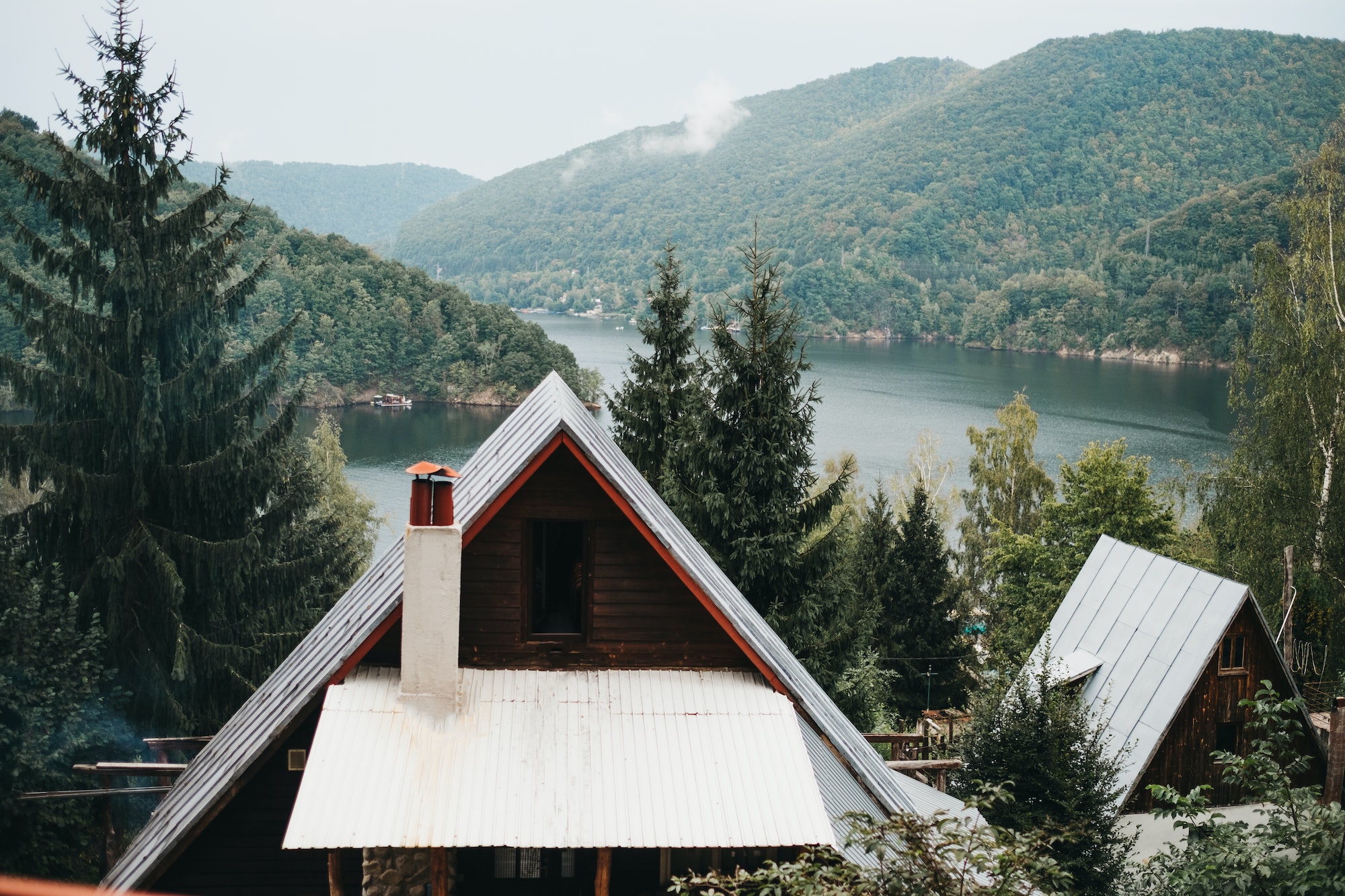There’s nothing like walking into a clean home that smells good and has a good flow. It makes you feel good and comfortable. It puts your mind at ease. On the other hand, walking into a cluttered home where there are things strewn about can be very shocking and unnerving for most of us. This is just a small part of the mood-affecting force a home’s decor can have on the human brain. There is, indeed, interior design psychology. When certain design principles are put to use, the eye is satisfied, the mind can better process, and the dopamine can flow freely. A great interior design is absolutely an entire mood. Here’s how it works.
Furniture Position
It matters where and how you arrange the furniture in any room because it dictates how you can move within the space. Picking a single focal point, like a lounge chair or coffee table, and arranging everything else around that point creates an organization that the eye and brain can digest. It helps to make the space feel free and functional. The space will feel more purposeful and can even make a room feel larger.
Color Scheme
The color palette is a big deal. Certain colors create certain emotions and feelings. For instance, red and yellow tend to make people hungry, so a lot of fast-food restaurants use these colors in their branding. But in home decor, a little bit of red or yellow goes a long way. These colors brighten up a space and raise energy. When overdone they can be loud, obnoxious and create anxiety for people. Blues and greens tend to be more calming and promote peace and thought. And neutral colors create a sense of balance and security.
Shapes and Symmetry
Shapes do a lot to influence the vibe of a home. More rounded shapes are inviting and warm, while more angular shapes are more intense, giving feelings of efficiency and professionalism. Having a balance of shapes creates a symmetry that the brain notices, even if the eye doesn’t. It is aesthetically pleasing and allows for greater peace of mind, as it satisfies the human need for order and meets expectations.
Lighting
Lights are important to any design whether it’s artificial or natural. It’s a very necessary element that sets the tone for any space. Too bright and it feels clinical and overwhelming, too dark and it’s depressing. It’s nice for common areas like the kitchen and living room to be full of natural light during the day. And bedrooms and more private areas do well with softer lighting to promote relaxation and comfort.
Ergonomics and Accents
Furniture is much more emotionally satisfying when it is comfortable. If an armchair is making your back and hips hurt, then you’re far more likely to become cranky and agitated. Seating should always support the lumbar spine. Workspaces need to flow intuitively to promote productivity and efficiency. Adding natural elements like indoor plants can do a lot to ground people and elevate their mood. Adding a pop of color or a strategically placed lamp can change the entire vibe of a room.
The psychology of interior design isn’t difficult to comprehend. But there is definitely a science and an art to creating an inviting home that embodies the inhabitants while accommodating the needs of visitors. A great design is going to satisfy both the mind and the body. A home should be comfortable and safe, and incorporating some of these design principles can take your home to new mood-enhancing heights.
Discover more from Futurist Architecture
Subscribe to get the latest posts sent to your email.




